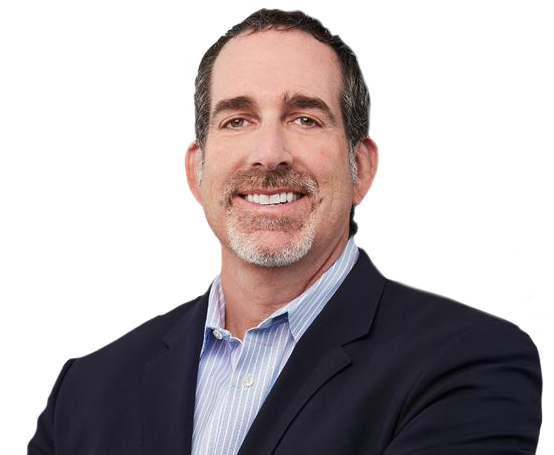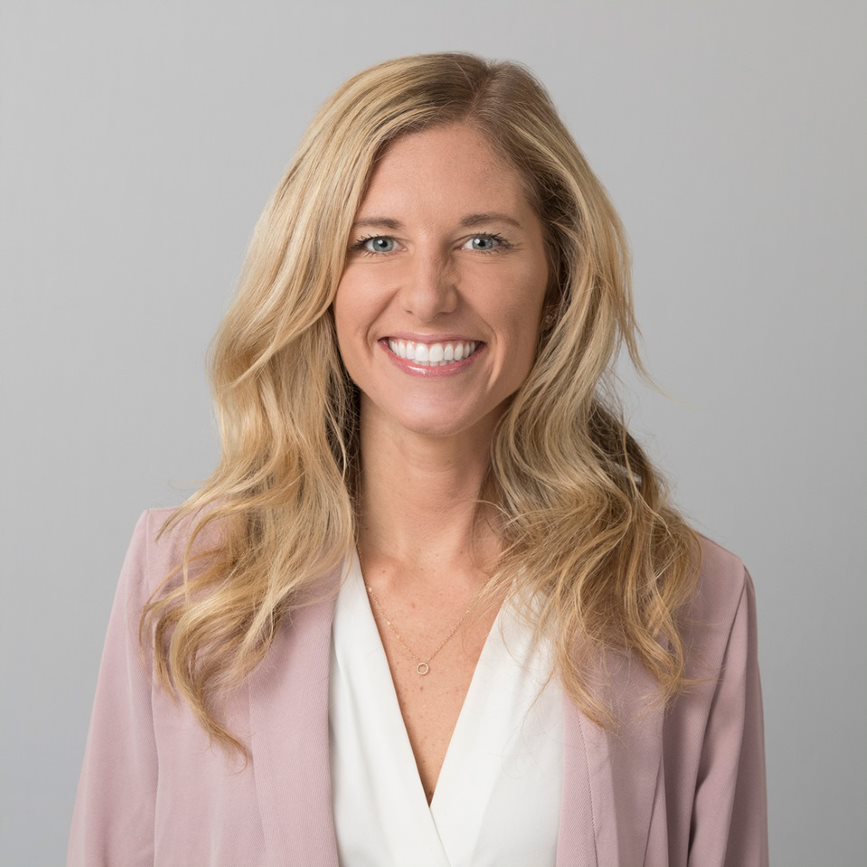Developing software for medical devices is vastly different than developing other commercial software. In this talk, we will explore how software […]
Introduction to Software for Medical Devices in Early R&D Phases


Developing software for medical devices is vastly different than developing other commercial software. In this talk, we will explore how software […]

2021 was a record year for venture fundraising and investment in healthcare, even in the face of a more difficult […]

In 2021, it was estimated that the wellness industry has a market size of $1.5 trillion, with an expected growth rate of 5–10% on an annual basis. For an employer focused on employee benefits and experience, that’s a lot of points solutions to choose from!
In this talk, Kaleana will share data and trends surrounding the 2022 employer benefit and wellbeing solutions market. She will share insights around the top requested services from employers, most common areas of focus, and learnings around what products and strategies have been most successful in this realm.

In 2021, it was estimated that the wellness industry has a market size of $1.5 trillion, with an expected growth rate of 5–10% on an annual basis. For an employer focused on employee benefits and experience, that’s a lot of points solutions to choose from!
In this talk, Kaleana will share data and trends surrounding the 2022 employer benefit and wellbeing solutions market. She will share insights around the top requested services from employers, most common areas of focus, and learnings around what products and strategies have been most successful in this realm.

Interested in what makes a product salable and approvable? Interested in an insider’s view on what gets your device approved at FDA? Or how to navigate the regulations and use them to your advantage? How will recent developments to the United States Food and Drug Administration regulations impact your healthtech business? Whether you’re a CEO, entrepreneur, investor, clinician, or a professional in the general industry, join us as Neil Di Spirito gives us an insider’s perspective and breaks down what digital health and device companies should know about FDA regulations.

A foundational element to building a successful company is strong leadership, which goes beyond a company’s management team to include its board of directors. The primary role of a company’s board of directors is to provide corporate oversight and governance for management and to represent shareholders’ interests. However, an effective board can also contribute to a company’s vision and strategy and ensure alignment on the vision for the business.
This session will discuss key considerations for entrepreneurs when building a board of directors as well as best practices for aligning incentives and engaging both independent and investor directors to maximize value for all shareholders.

The healthcare marketplace is populated with innovative solutions that improve patient care and the overall experience with the healthcare ecosystem. Payers are increasingly seeking emerging capabilities and companies for investments and partnerships – and a payer can provide a strong avenue to accelerate growth for emerging/early-stage companies. Learn the key components of the payer value creation model to determine whether a payer relationship may benefit your business and how to effectively articulate your solution to garner attention and interest.

Value-based contracts impose risk both on providers and payers. The appropriate structure of a contract is an important component of mitigating your risk as a provider and ensuring that you are paid correctly for the value that you create for a payer. Similarly, a payer wants to be sure that it pays for value and does not over-compensate the provider. The variability inherent in populations and claims, however, poses a risk for the parties. We will discuss different outcomes evaluation methodologies in value-based care contracts. Additionally, we will review a study of variability in outcomes in an accountable care organization contract that shows a considerable risk of under-or over-payment and discuss methods to mitigate the risk to the parties.

This event has been rescheduled from its original November date.
Dan Brounstein has built and marketed products that have served thousands of patients throughout his career. In this talk, Dan will draw on over 18 years of experience at six different companies to describe the path of a product from idea to fundraising, through testing and clinical trials, ultimately culminating in sales. All questions answered.

Who decides whether your technology is adopted by a hospital or healthcare system? It’s the “value committee,” whose members consider whether your solution delivers value that meets the needs of their patients and system. For an inside view of how this committee operates, join us to hear from James Wall, who chaired the value analysis committee at Lucile Packard Children’s Hospital for 5 years.